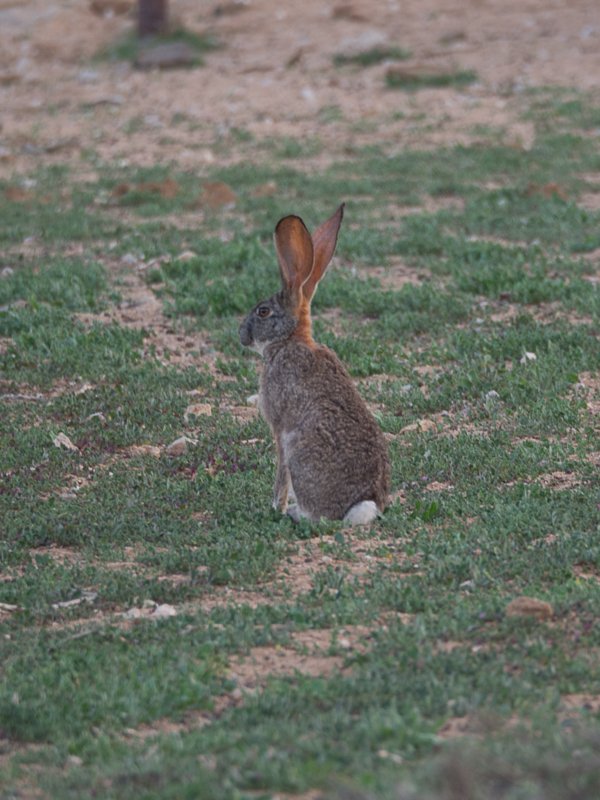Hares of Erongo Mountains
Hares of Erongo Mountains in Namibia are often listed as scrub hares in trip reports. I saw a few hares there in August 2017 and they all looked like this one. I think it’s a typical Cape hare, am I right?

4 Comments
Leave a Reply
You must be logged in to post a comment.


Guy Palmer
If I had seen this animal in the Western Cape, South Africa, I would have said that it was a typical Scrub Hare, due to the lack of ruset flanks, “large” ears and the “convex” dorsal appearance of the head as well as the general appearance.( I have recently processed large numbers of camera trap images for the Cape and Scrub Hares from the little Karoo area.) However knowing the considerable regional variation I am reluctant to place any vital parts of my anatomy on the block regarding a 100% identification. It would be useful to have a range of lateral images of both spp to enable a more confident stab at this…..